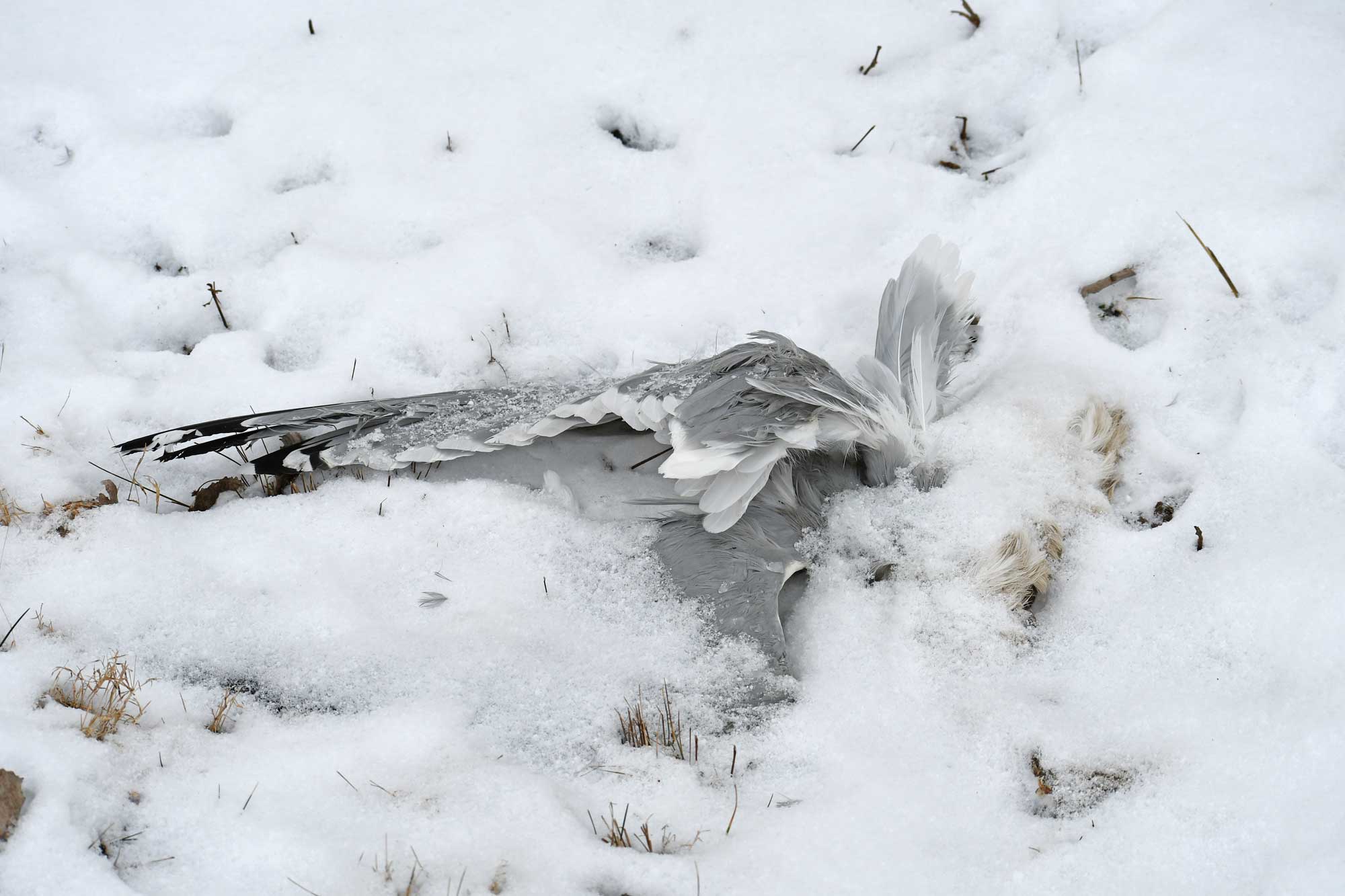Avoid sick or dead wildlife due to avian flu risk

Due to the detection of avian flu in Illinois, the Forest Preserve District is reminding visitors to refrain from touching or getting near dead or sick animals.
Pets also should be kept from carcasses or feces and feathers of animals.
“Although health agencies say animal to human transmission is rare, we want all visitors to the forest preserves to use the utmost caution when seeing dead or sick wildlife,” said Cindy Wojdyla Cain, the Forest Preserve’s public information officer. "Avoid the animals themselves, and also any feces or feathers associated with them."
H5N1 avian influenza, or bird flu, is caused by Type A viruses.
“These viruses naturally spread among wild aquatic birds worldwide and can infect domestic poultry and other bird and animal species,” the Illinois Department of Health states on its website. “Bird flu viruses do not normally infect humans. However, sporadic human infections with bird flu viruses have occurred.”
The Centers for Disease Control has reported 67 human cases of bird flu with one death.
According to the University of Illinois Extension website, avian flu has been detected or is suspected in killing 3,000 chickens on a northern Illinois farm, a wild goose in Tazewell County, a captive hawk in DuPage County, and a flamingo and seal at Chicago’s Lincoln Park Zoo. Commercial poultry in Indiana and Missouri also have tested positive.
Avian flu is more often found in areas where there are large concentrations of birds and it mostly affects aquatic birds, including ducks and geese, but also gulls, crows and raptors, according to the Extension. Foxes, bobcats, skunks, and other carnivores have also contracted bird flu.
Songbirds are less likely to be affected, but wildlife agencies recommend regular cleaning of bird feeders to prevent the spread of all pathogens, including salmonella. There is no recommendation at this time to take down bird feeders.
The U.S. Department of Agriculture's Animal and Plant Health Inspection Service says avian influenza spreads quickly through direct, bird-to-bird contact, and it can also spread to birds via contaminated surfaces and materials, including people’s clothing, shoes, or hands.
If you need to remove a dead bird from private property, the Illinois Department of Public Health recommends following these safety measures:
"Rubber gloves and a mask should be worn when disposing of any deceased wild birds, and carcasses should be double-bagged in sealed plastic bags. The bags can be buried away from scavengers or placed in the garbage if approved by the local waste service provider. Anyone handling deceased birds should thoroughly wash their hands and any other clothes or tools with soap and water after disposal."
Anyone who sees five or more sick or dead wild birds should report the information to a local Illinois Department of Illinois district wildlife biologist or USDA Wildlife Services at 866-487-3297. Reports also can be called in to the Forest Preserve District at 815-727-8700 and they will be passed along to IDNR.
